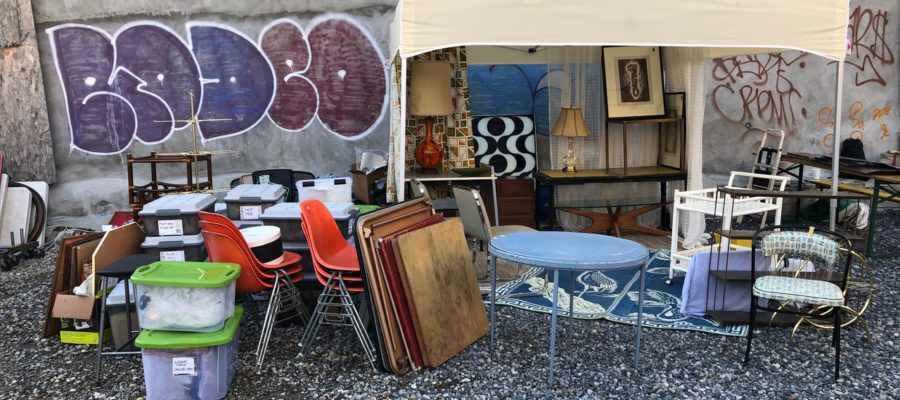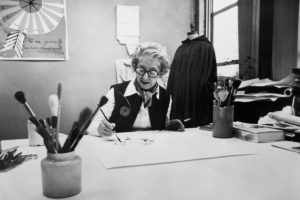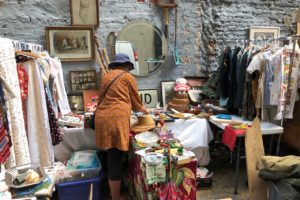Why I Started Pondhouse
My career path has been anything but linear, however my primary background is in retail. For several years I owned and operated a small retail shop in Wauwatosa, Wisconsin. I opened Anthilia at the ripe age of twenty-four, and it was ambitious. It grew into residential and commercial interior design offering custom murals and working with local craftsmen to create custom furnishings in wood and metal work. I hired artists to carve a resin river bottom through the retail space, and used giant old windows found on the side of the road as retail displays.
After four years, I closed the business and moved to Minneapolis, Minnesota (and got married). I began working at the Walker Art Center during the Frida Kahlo exhibition, and later became the Retail Director. During that time I deepened by understanding of modern and contemporary art, and learned to view the design of everyday objects through that lens.
The exhibition Graphic Design: Now In Production, co-curated by the Walker and Cooper Hewitt, featured an in-gallery design store. The exhibition explored “the open-source nature of creative production, and the entrepreneurial spirit of the designer turned producer,” according to the Walker design blog. The pop-up shop needed to reflect that spirit and provide an engaging shopping experience, all with approvable from curators from both museums. It was successful, and a tremendous learning experience.
Further exploration of the intersection of art and commerce lead to the online product line Intangibles, hailed by The New York Times as “a digital-age twist” and “[upending] the logic of a regular shop.” This was a joint effort with with my good friend and Design Director at the Walker, Emmet Byrne. This collection represented objects with no physical form that were created by artists of varying practice (dance, photography, music, math, film, etc.) that were only available online from the Walker Shop. You could add a mug, tote bag, and custom ring tone for your iPhone by Nico Muhly to your cart before checking-out.
Now living and working outside of the museum world on thirty acres in upstate New York, I am increasingly aware of the impact of the everyday object. If architecture creates the space we occupy, the objects we install and employ provide much of the context of our daily lives.
No longer satisfied with buying and selling new objects, I created Pondhouse Provisions, which could be described as a museum-less museum store of vintage goods with no physical location. Given my history, it seems like a natural progression.
What does the future hold for Pondhouse? I imagine a wider breath of objects, with a more global perspective. I also want to explore what happens when contemporary artists consider used goods as a modern creative platform, especially as it relates to the concept of the souvenir.
If you have an idea, or want to be a part of a future project, I’d love to hear from you.












